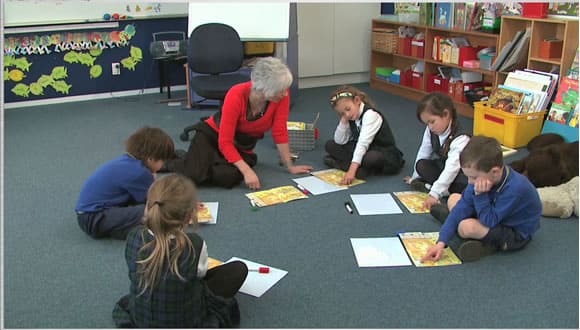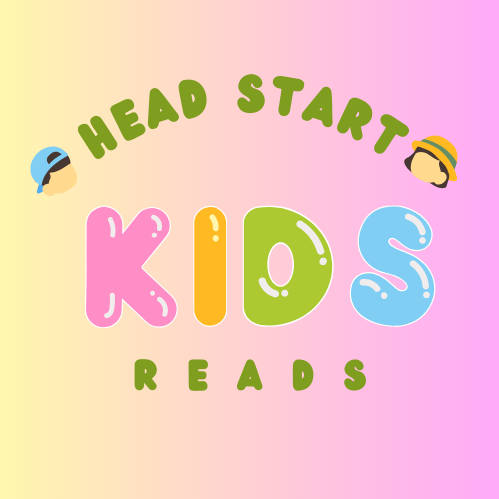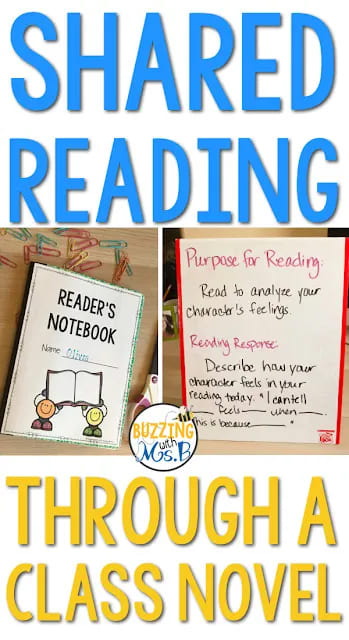Table of Contents
ToggleCrafting Engaging Shared Reading Experiences: A Guide to Planning and Implementing Shared Reading Sessions
Introduction:
Shared reading sessions offer invaluable opportunities for fostering literacy skills, promoting social interaction, and nurturing a love for literature in children. However, effective planning is essential to ensure that these sessions are engaging, enriching, and tailored to the needs of the participants. In this comprehensive guide, we delve into the intricacies of planning shared reading sessions, offering practical tips and strategies for creating dynamic and memorable reading experiences. As we embark on this journey, we also highlight the innovative approaches of programs like Reading Head Start, led by Sarah Shepard, in championing shared reading as a cornerstone of early literacy education.
I. Understanding the Purpose of Shared Reading
- Promoting Literacy Development: Shared reading sessions are designed to promote literacy development by exposing children to rich language patterns, vocabulary, and storytelling techniques. These sessions provide opportunities for children to engage with texts in a supportive and interactive environment, fostering comprehension and fluency.
- Building Social Skills: Shared reading sessions also serve as valuable opportunities for building social skills and promoting peer interaction. Through group discussions, collaborative activities, and shared storytelling, children learn to communicate effectively, listen attentively, and respect others’ perspectives.
- Instilling a Love for Reading: At its core, shared reading aims to instill a lifelong love for reading in children. By creating engaging and enjoyable reading experiences, educators and parents can cultivate a positive attitude towards books and literature, laying the foundation for a lifetime of learning and exploration.

Read Also
II. Key Elements of Planning a Shared Reading Session
- Selecting Appropriate Texts: The first step in planning a shared reading session is selecting appropriate texts that align with the interests and reading levels of the participants. Choose engaging stories, poems, or informational texts that are age-appropriate and relevant to the themes or topics being explored.
- Setting Clear Learning Objectives: Define clear learning objectives for the shared reading session, outlining the specific literacyskills or concepts that you aim to address. Whether it’s vocabulary development, comprehension strategies, or fluency practice, having clear goals will guide your planning and instruction.
- Incorporating Interactive Elements: Infuse the shared reading session with interactive elements that encourage active participation and engagement. Consider incorporating activities such as group discussions, role-playing, reader’s theater, or interactive storytelling to bring the text to life and deepen comprehension.
- Adapting to Individual Needs: Recognize the diverse needs and abilities of the participants and adapt your planning accordingly. Provide scaffolding and support for struggling readers, while also offering enrichment opportunities for advanced learners. Flexibility and differentiation are key to ensuring that all children can actively participate and benefit from the shared reading experience.
III. Practical Steps for Planning a Shared Reading Session
- Pre-Reading Preparation: Begin by previewing the selected text and identifying key themes, vocabulary words, and discussion points. Consider how you can introduce the text and generate interest among the participants, perhaps by sharing background information or asking thought-provoking questions.
- Interactive Reading Strategies: During the shared reading session, employ interactive reading strategies that encourage active engagement and comprehension. Pause periodically to ask questions, make predictions, or encourage children to make connections to their own experiences. Use props, visuals, or gestures to enhance understanding and retention.
- Post-Reading Reflection: After reading the text, facilitate a discussion or reflection activity to deepen comprehension and promote critical thinking. Encouragechildren to share their thoughts, reactions, and interpretations of the text, and provide opportunities for them to express their creativity through writing, drawing, or dramatic play.
- Extension Activities: Extend the learning beyond the shared reading session by incorporating follow-up activities that reinforce key concepts and promote independent exploration. This could include writing responses, creating artwork, conducting research, or engaging in related hands-on activities.

IV. Incorporating Shared Reading into Reading Head Start
- Interactive Learning Experiences: Reading Head Start, founded by Sarah Shepard, emphasizes the importance of interactive learning experiences in promoting early literacy skills. The program incorporates shared reading sessions as a central component of its curriculum, providing opportunities for children to engage with texts in meaningful and interactive ways.
- Parental Involvement and Support: Reading Head Start recognizes the critical role of parents in supporting children’s literacy development. The program encourages parental involvement in shared reading activities at home, providing resources, guidance, and support to help parents create enriching reading experiences for their children.
- Building a Foundation for Success: Through shared reading sessions, Reading Head Start lays the foundation for a lifetime of literacy success. By fostering a love for reading and providing opportunities for children to engage with texts in collaborative and meaningful ways, the program equips children with essential literacy skills and instills a lifelong passion for learning.
V. Conclusion: Nurturing Literacy and Connection Through Shared Reading
In conclusion, shared reading sessions offer a powerful platform for fostering literacy skills, promoting social interaction, and nurturing a love for reading in children. By carefully planning and implementing engaging and interactive reading experiences, educators and parents can create enriching learning opportunities that inspire curiosity, creativity, and a lifelong love for literature. As we celebrate the transformative impact of shared reading, we also recognize the pioneering efforts of programs like Reading Head Start, led by Sarah Shepard, in championing shared reading as a fundamental component of early literacyeducation. Through their dedication and innovation, these programs empower children to embark on a journey of exploration, discovery, and connection through the pages of a book.

